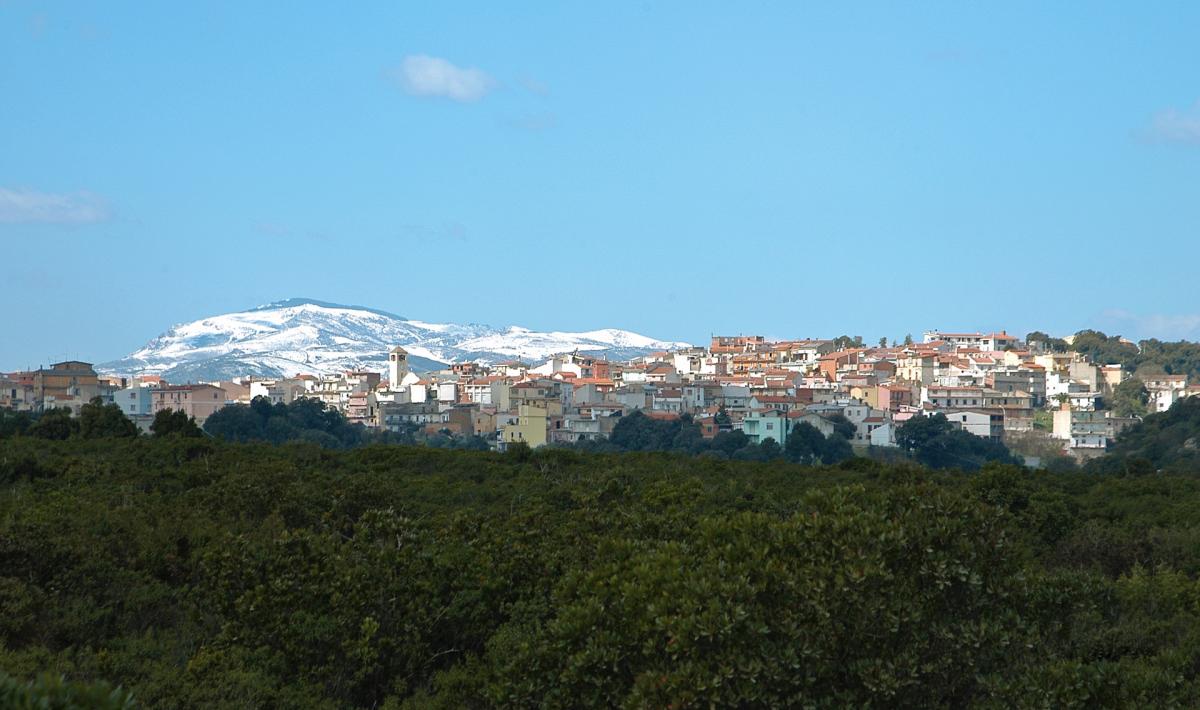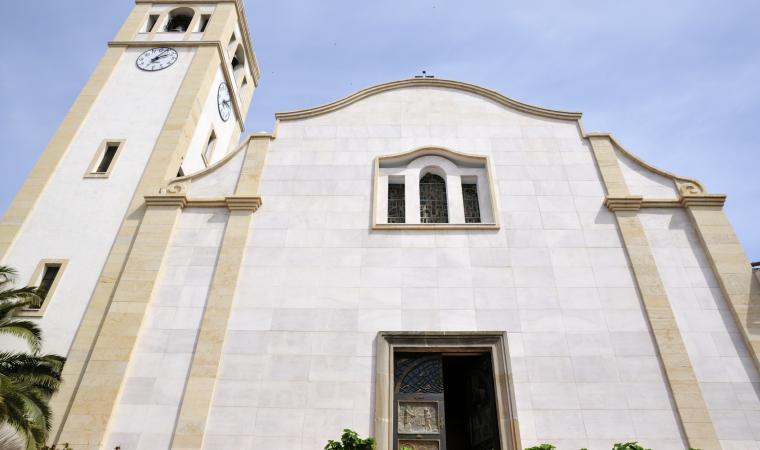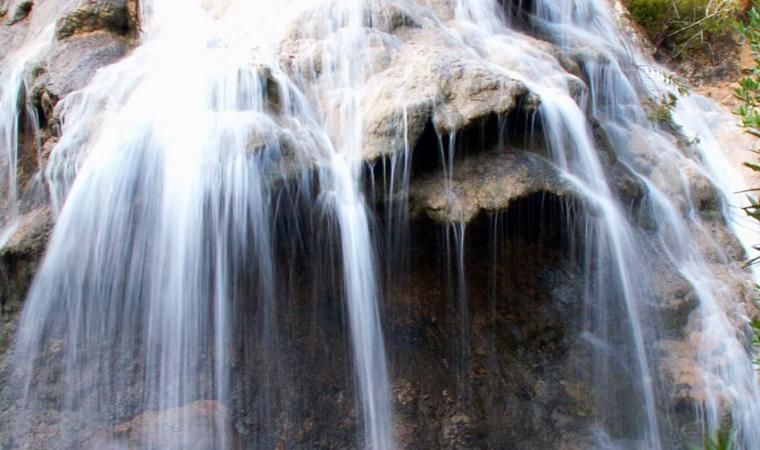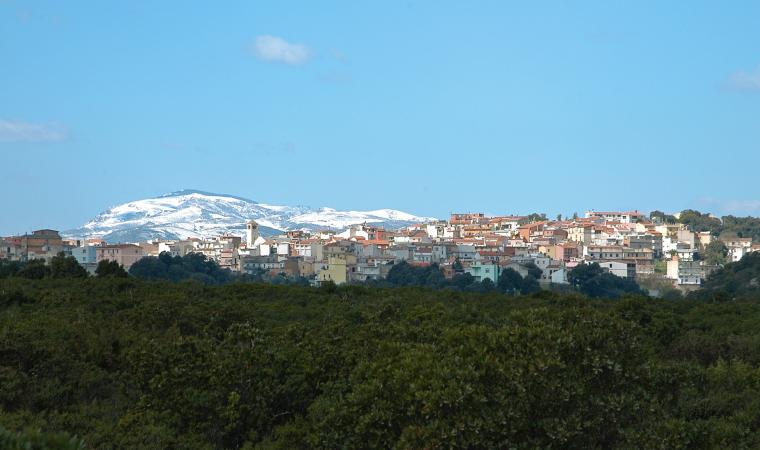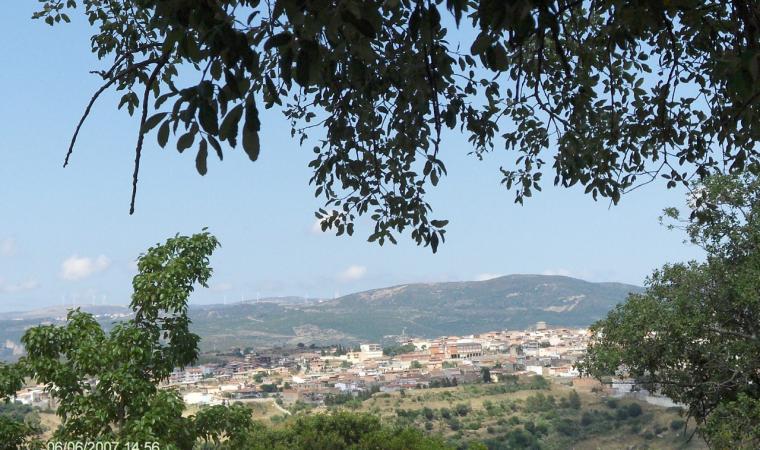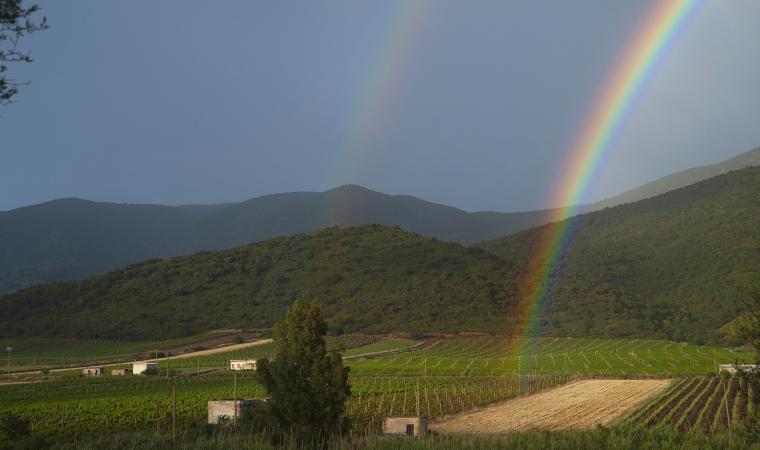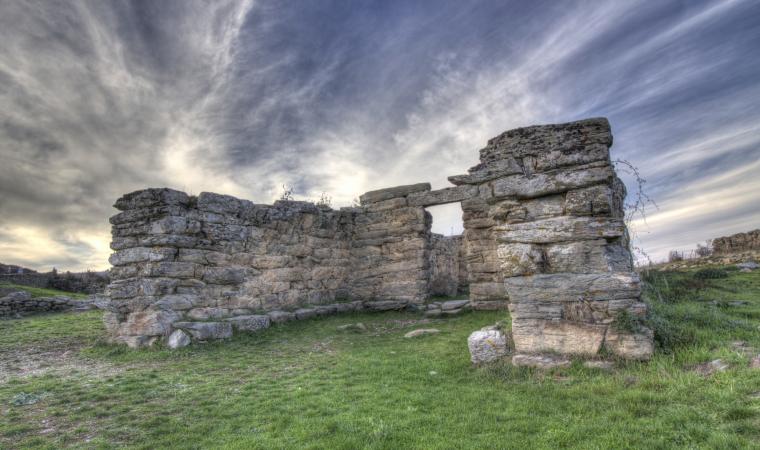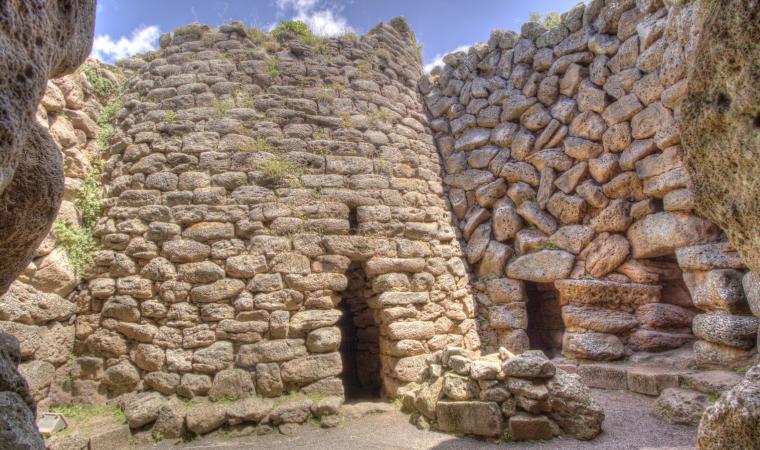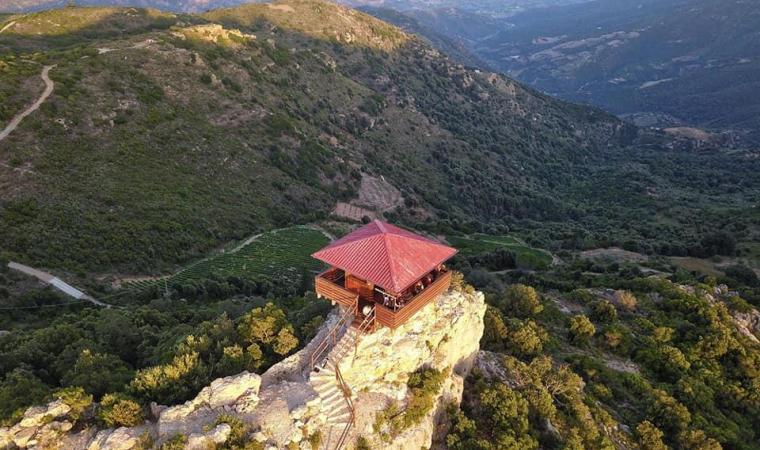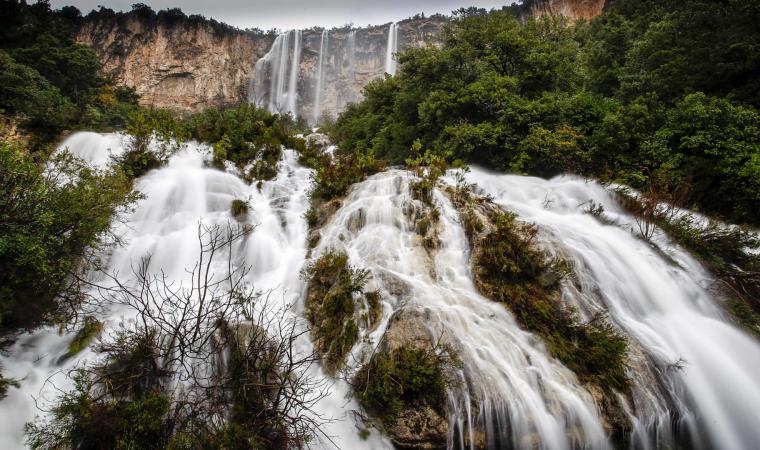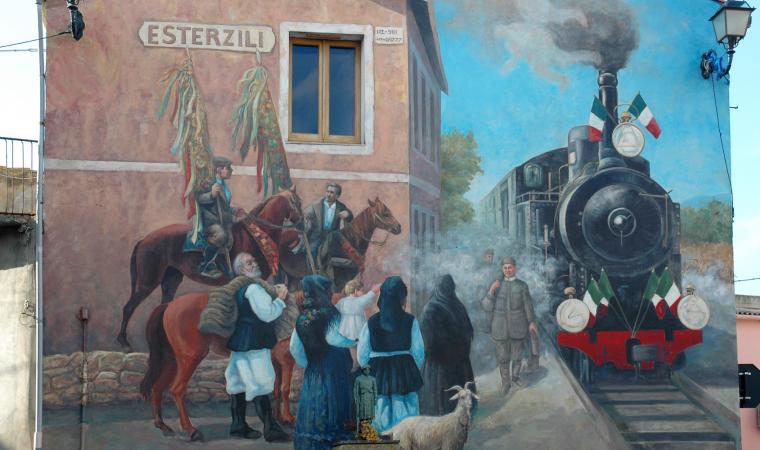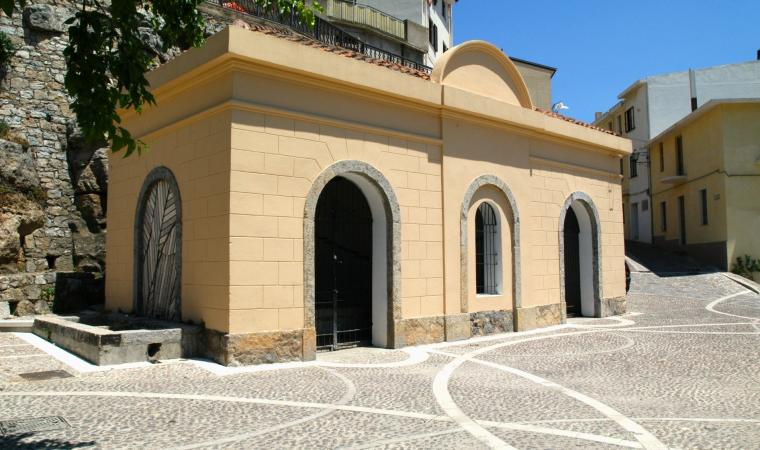It is part of the Ogliastra Blue Zone, one of five areas in the world with the highest life expectancies among the inhabitants. Hence, it does not come as a surprise that the most long-lived family in the world in 2014 was from Perdasdefogu: eight siblings for a total of 828 years (the two older sisters were 107 and 101). The place name means ‘fire rocks’, a reference to the limestones which were transformed into lime in furnaces. Its two thousand inhabitants (foghesini) typically call their town Foghesu, i.e. ‘furnace’. It is a Medieval mountain town to the south of Ogliastra. According to legend, the first houses in Perdas were constructed by refugees from Turu, a village destroyed by the Mores. Today, the isolated town climbs to an altitude of 600 metres on the edge of uniquely-shaped limestone tacchi formations.
The town’s fabric is composed of 19th century buildings and stone homes centred around the Classical-style Parish of San Pietro Apostolo. It was built at the end of the 19th century and now houses 17th century silverware and 18th century statues. In the upper section of the town stands the 11th century Proto-Romanesque Church of San Sebastiano. The saint’s Feast Day is celebrated on January 20 with the lighting of a bonfire. Two more churches stand in the countryside: the Church of Santa Barbara, with a feast in late March marked by a procession in traditional dress, and the Church of San Salvatore, who is celebrated with a fascinating, ancient festival. The locals are very attached to their religious traditions, especially to those of the Holy Week, which sees the preparation of su nenniri, a basket of wheat sprouts used to decorate altars, and perform a fertility rite for good fortune.
The economy is driven by shepherding and the cultivation of cereals, fruit and grapes. Since mid-20th century, the town’s outskirts have been the site of the Military Firing Range of Quirra, a military and scientific research centre that has become part of town life. Adjacent to the centre, there is Bruncu Santoru Park with holly oak and Mediterranean shrub forests populated by Corsican red deer. In the heart of the mountain, within the park, the earth suddenly ‘opens’ (joint): this feature, called Sa Brecca de is Tapparas, is a sort of canyon or open-air cave through which a narrow trail runs for 300 metres between (40-metre tall) sheer walls, illuminated by light that filters between trees and rocks. The Caves of Is Angurtidorgius are also a must-visit. From the mountain trails, you will be able to admire the solitary panoramas of Salto di Quirra and the ‘tacchi’ of Jerzu. Hidden between the oaks, you will encounter the Waterfalls of Luesu with the 70-meter tall Su Strumpu waterfall. At the centre of environmental education, you can visit an exhibit of local animals, minerals and fossils: Perdasdefogu is part of the Geo-minerology Park of Sardinia, thanks to an anthracite deposit mined until mid-20th century that is now an industrial archaeology site. Prehistoric sites in the area include Giant’s Tombs, the sacred spring of Peddi de Cani and nuraghes Arras, Florentina, Perdixeddu, Prediargiu and Trutturis.

